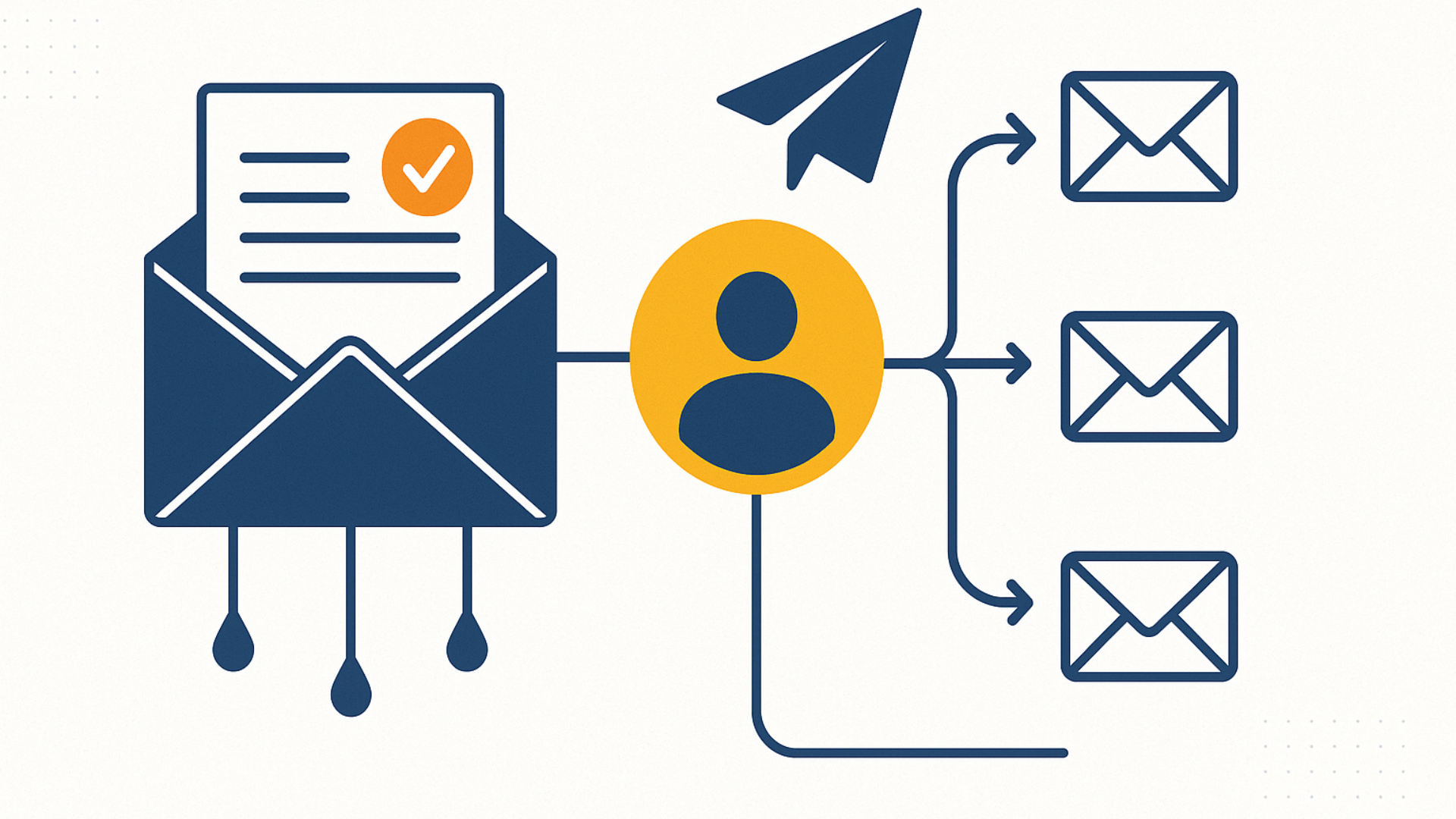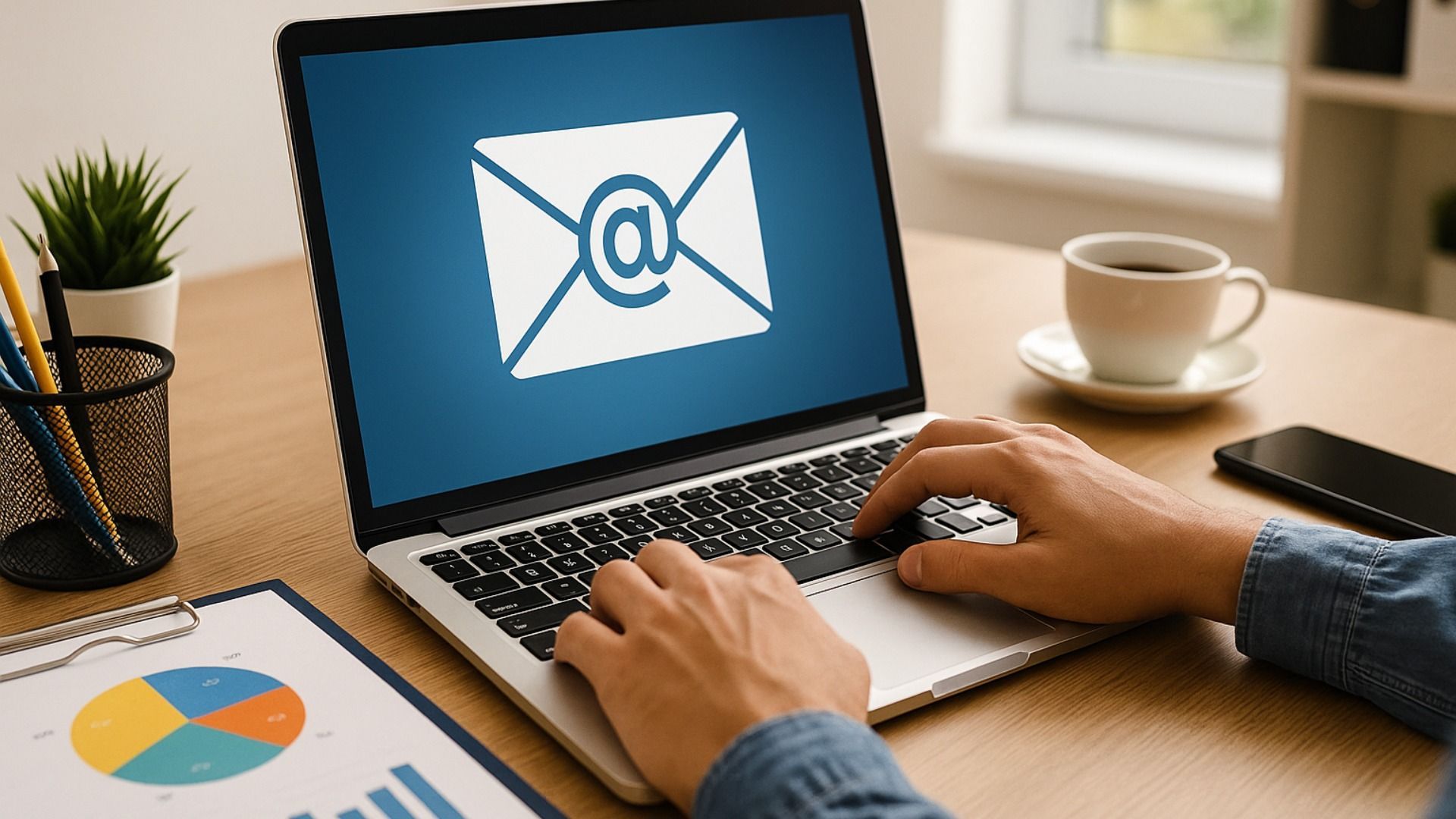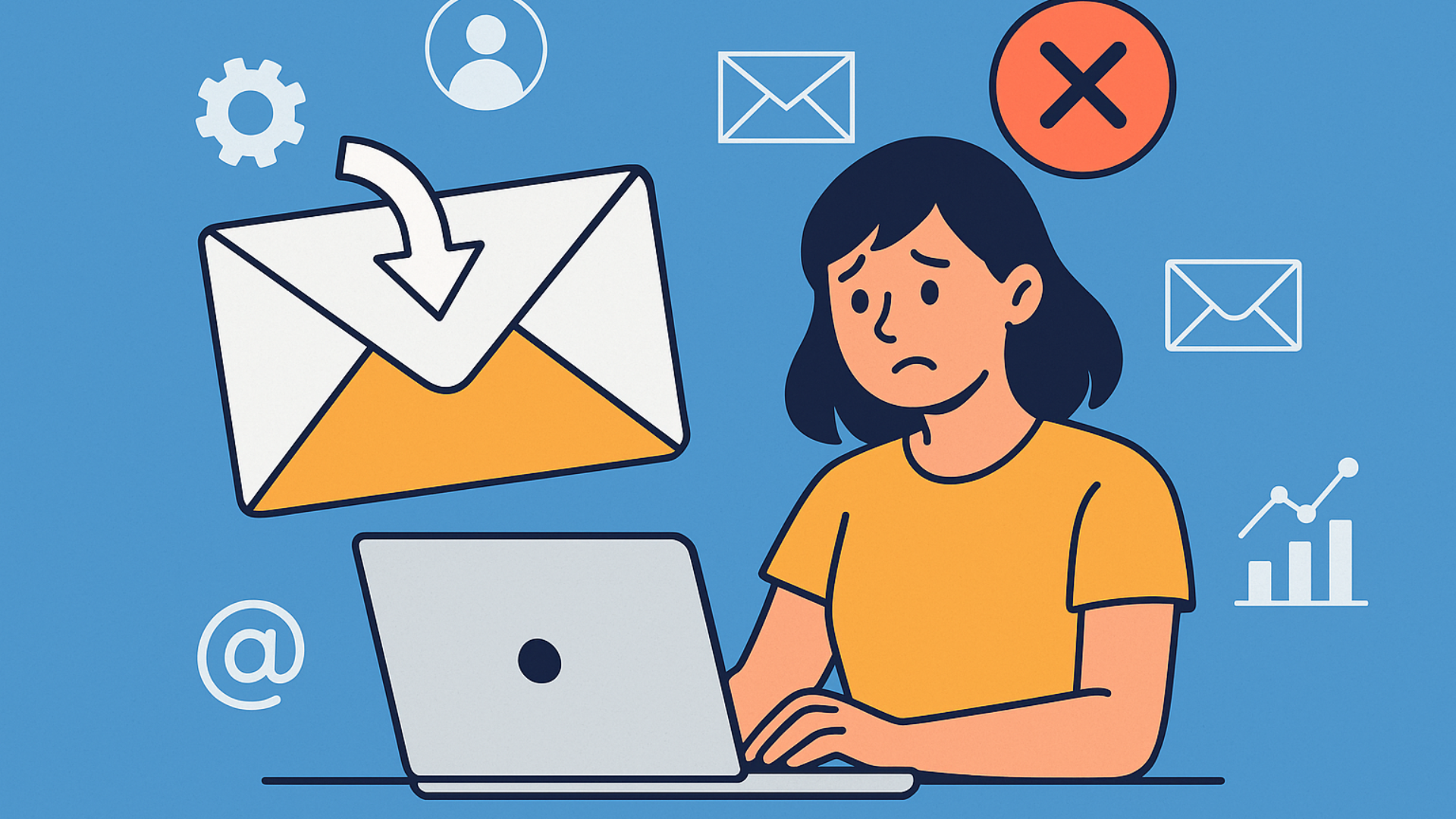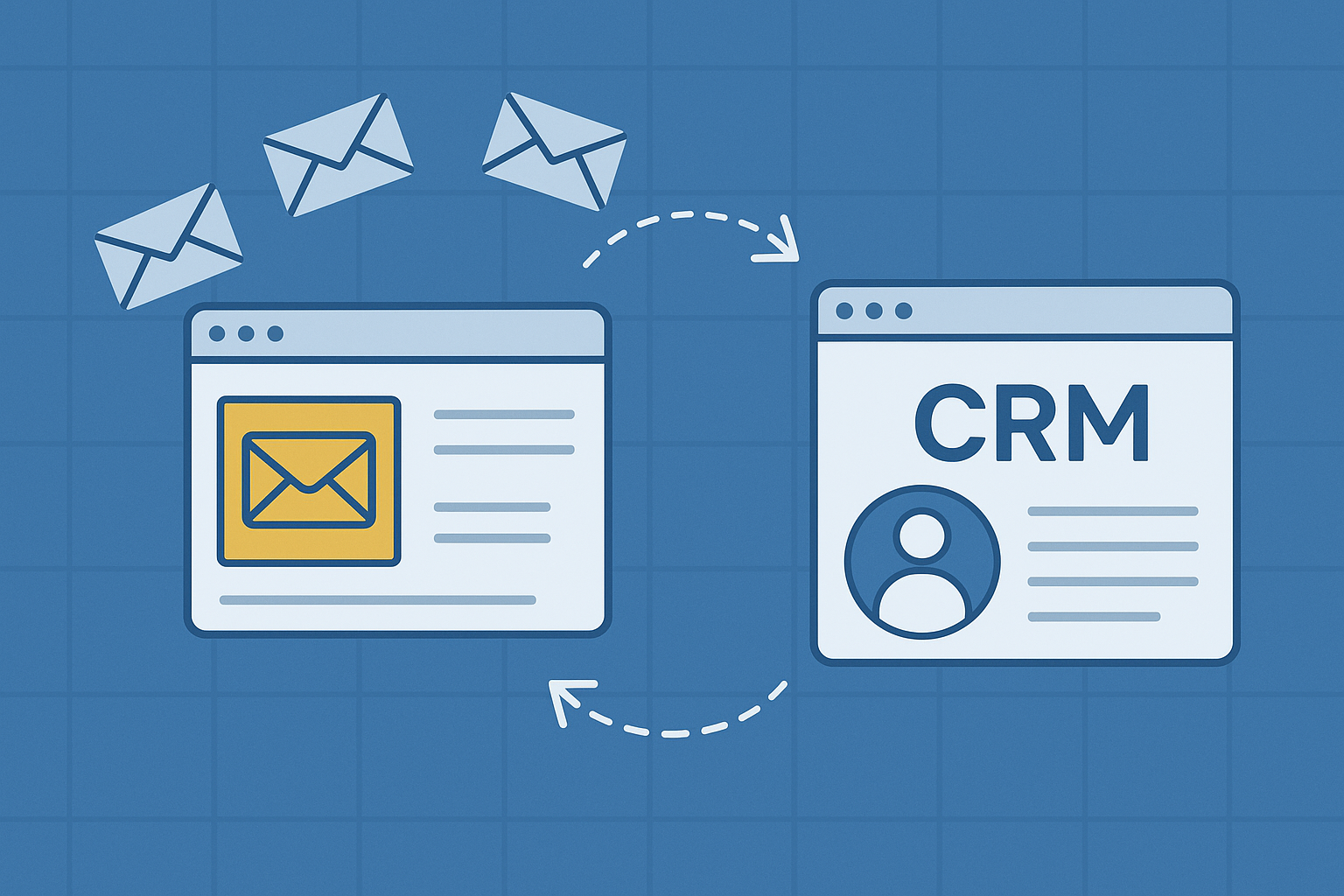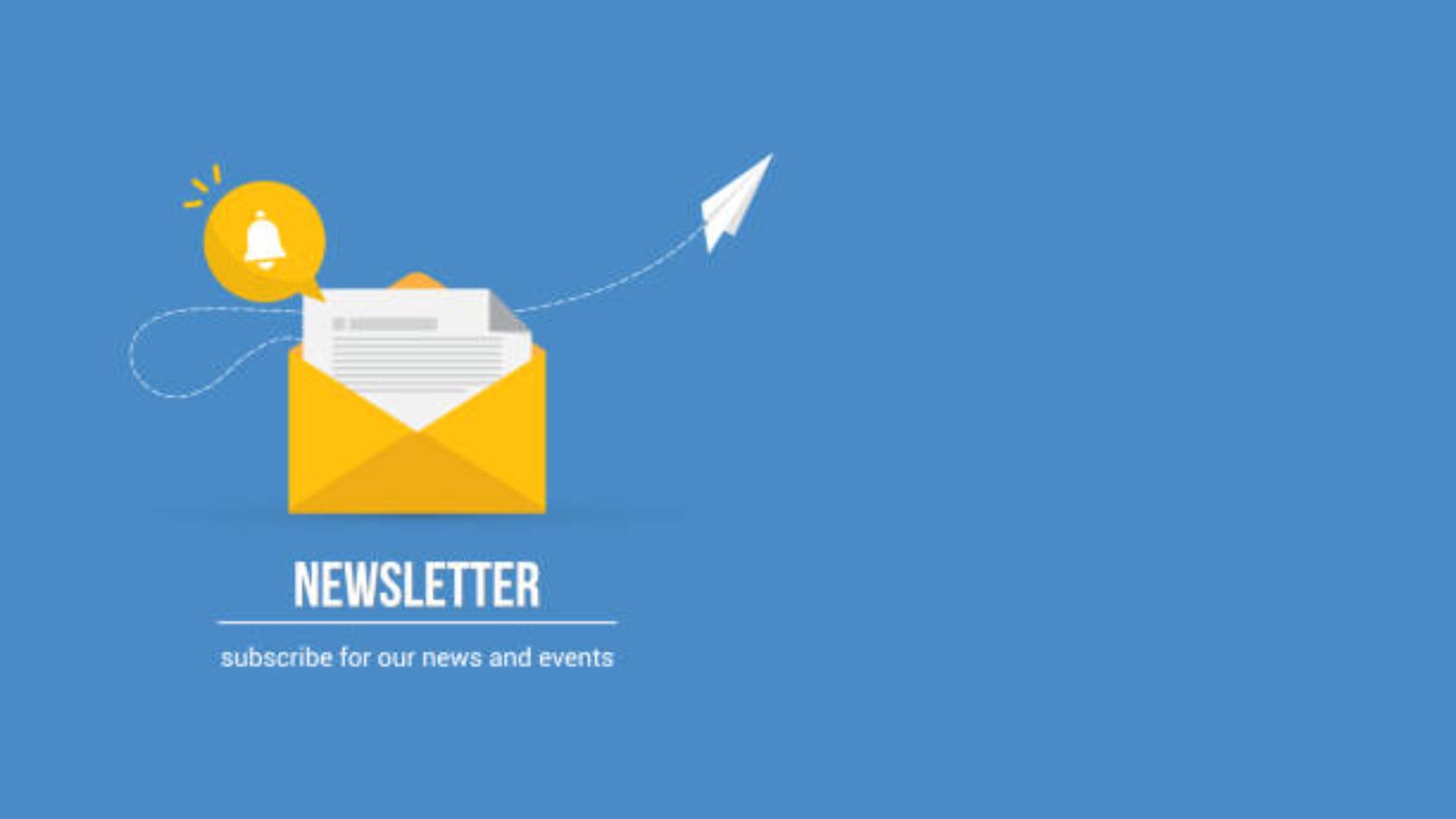How to Use Segmentation to Boost Engagement in Your Email Newsletters
Targeted Email Lists Drive Higher Engagement
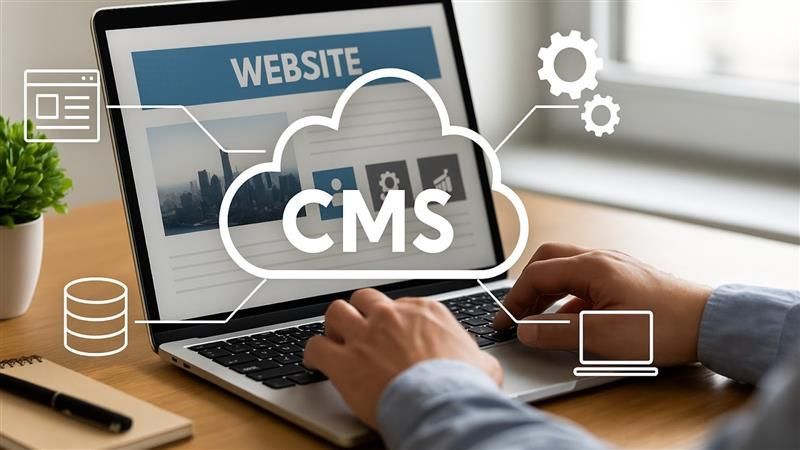
Email newsletters remain one of the most effective tools for small businesses to connect with their audience. But sending the same message to every subscriber can lead to low open rates, unsubscribes, and wasted effort. This is where email segmentation becomes a game-changer.
What Is Email Segmentation?
Email segmentation is the practice of dividing your email subscriber list into smaller, targeted groups based on shared characteristics. These groups can be defined by interests, past engagement, purchase behavior, location, or other relevant factors. Segmented campaigns deliver more personalized content, which naturally leads to better engagement and higher open rates.
Why Segmentation Matters
Sending targeted content benefits both your subscribers and your business:
- Higher Open Rates: Subscribers are more likely to open emails relevant to their interests.
- Improved Engagement: Tailored messages encourage clicks, replies, and conversions.
- Stronger Relationships: Personalized communication builds trust and loyalty.
- Efficient Use of Resources: Focus your efforts on subscribers who are most likely to engage.
How to Segment Your List Using LaunchMailTool
Small businesses can easily use LaunchMailTool to manage unlimited newsletter subscriber lists and track key metrics like open rates and engagement. Here’s a step-by-step approach:
- Collect Relevant Data: Start by gathering information about your subscribers ' preferences, location, purchase history, and engagement behavior.
- Create Segments: Use LaunchMailTool to divide your list. For example:
- Interest-Based Segments: Subscribers interested in product updates vs. industry news.
- Engagement Level Segments: Active readers vs. dormant subscribers.
- Geography-Based Segments: Local promotions for nearby subscribers.
- Design Targeted Campaigns: Tailor your email content to each segment. Highlight specific products, tips, or offers that match their interests.
- Send and Monitor: LaunchMailTool allows you to track subscribers, open rates, and click-through metrics in real-time. Use this data to refine your strategy.
Real Examples of Segmentation Strategies
- A coffee shop may send seasonal promotions only to local subscribers to drive foot traffic.
- An online store could create a segment of subscribers who frequently buy fitness gear and send them exclusive offers on new arrivals.
- A SaaS business might re-engage inactive users with a special discount or tutorial content.
Tips for Measuring Success
Segmentation is only effective if you track results. Using LaunchMailTool’s analytics:
- Compare open rates and click-through rates across segments.
- Monitor unsubscribe rates to understand content relevance.
- Adjust your campaigns based on engagement trends.
FAQ
Q: How often should I segment my email list?
A: Update your segments regularly, ideally monthly, to account for new subscribers and changing preferences.
Q: Can I have multiple segments for one subscriber?
A: Yes, a subscriber can belong to multiple segments based on behavior, interests, or demographics.
Q: Does segmentation increase workload?
A: Initially, it takes time to set up, but tools like LaunchMailTool make managing unlimited newsletter subscriber lists simple and efficient.
Final Thoughts
Email segmentation is essential for boosting engagement, building relationships, and maximizing the effectiveness of your campaigns. By using LaunchMailTool to organize your subscribers and track performance, small businesses can create highly targeted campaigns that resonate with their audience.
Ready to take your email newsletters to the next level? Contact us today to start segmenting your lists and seeing results.



